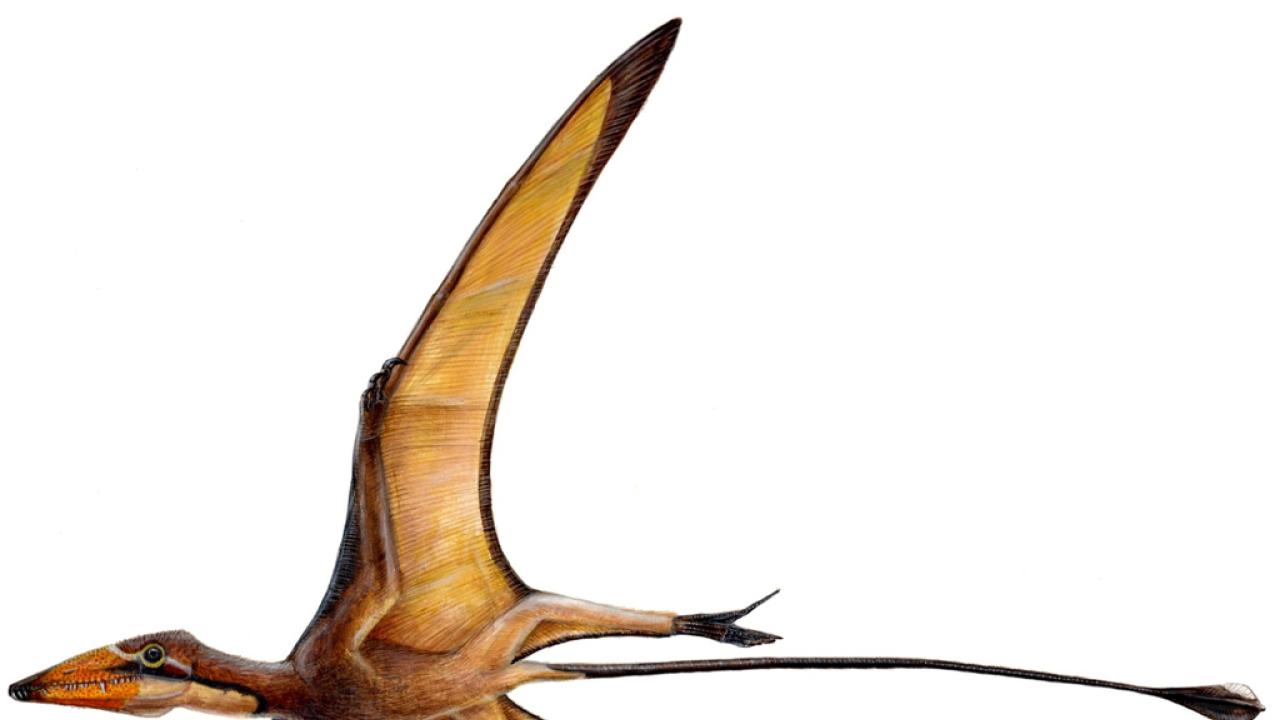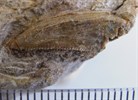
In collaboration with the Institut Català de Paleontologia (ICP)
Miquel Crusafont in Spain, ICTP's Multidisciplinary Laboratory is
examining the insides of 70-million-year-old dinosaur teeth without
even grazing the surface. The teeth are just one piece of a larger
body of work to ultimately determine how diverse the dinosaur
population was shortly before a catastrophic event wiped it from
the face of the Earth.
Using the Mlab advanced X-ray microCT system, ICTP scientists
Federico Bernardini and Clément Zanolli scan the teeth and
construct, using special algoritms, 3D images of both their outside
and inside morphologies. This way, scientists can gather
information about the structure of the teeth, thickness of their
enamel and what kind of food the dinosaurs ate while preserving the
tooth in its natural, rock-encrusted form.
"Such tiny teeth are sometimes too fragile to extract from the
rock and the accurate 3D reconstruction obtained by the micro
computed tomography allows for their systematic study and
classification," says ICTP scientist Claudio Tuniz, who coordinates
the Centre's X-ray imaging laboratory.
The leader of the research, Angel Galobart of ICP, has been
studying and classifying dinosaur teeth, bones and tracks for
nearly thirty years. He uses the distinguishing characteristics in
teeth from dinosaurs of different species to establish
classification systems, which he then uses to determine how diverse
the dinosaur population was during the last 5 million years of its
existence.

His current focus is in the southern part of the Pyrenees in
Spain, where he and his colleagues have discovered a wide diversity
within the last of the sauropods--the largest of the dinosaurs
known for their long tales and necks--and ornithopods, a type of
herbivore dinosaur. But the teeth he brought to ICTP this week are
of a different sort: a group of carnivorous dinosaurs called
theropods from which some of the birds of today evolved. In a way,
theropod diversity is the last piece of the Pyrenees puzzle.
"It's incredibly important that we determine how diverse theropods
were in this region," Galobart says. "We want to know about the
health of the dinosaur population during this time span [between 70
and 66 million years ago]. If we get a great diversity of theropod
dinosaurs, as we have seen with the other members of sauropods and
ornithopods, this will mean that the ecological conditions were
good enough for dinosaurs to continue living on Earth if the
asteroid impact had not occurred."
"This kind of research allows us to see the entire terrestrial
heritage in context and thus adds value to our own cultural
heritage," Tuniz says.
The x-ray microCT laboratory was developed in collaboration
with Sincrotrone Trieste as parte of the ICTP/Elettra
EXACT Project funded by Regione Friuli-Venezia Giulia, Italy.
















